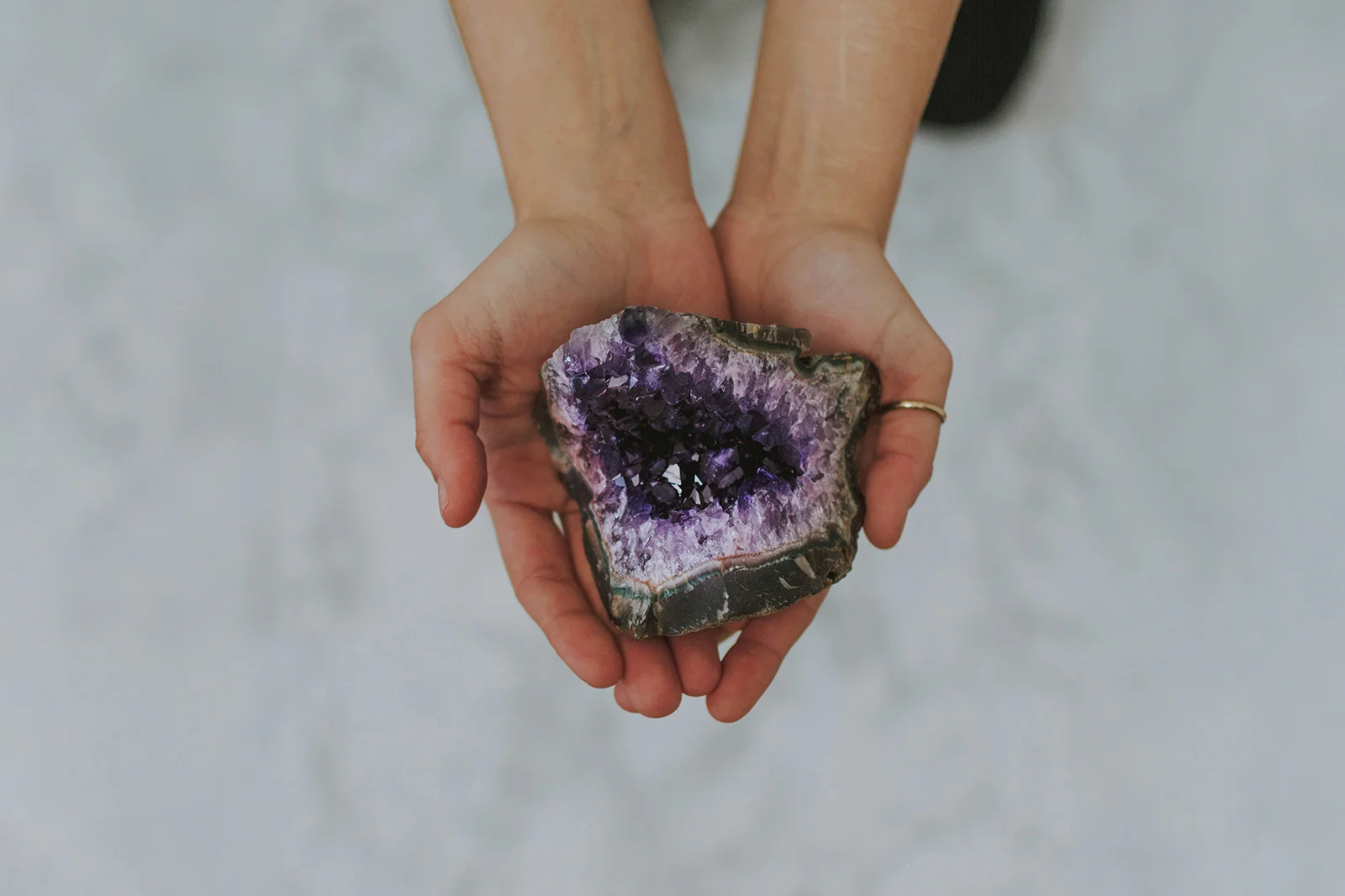
Stories
How to Tell if Your Amethyst Is Real: Easy Authenticity Checks

Ever admired your amethyst and wondered, “Is this real, or did I get tricked into buying pretty glass?” You’re not alone! Knowing if your amethyst is genuine doesn’t require a crystal expert—just a few easy checks anyone can do at home. Let’s make sure your purple treasure is truly authentic.
Why Authenticity Matters
When you buy amethyst, you invest in natural beauty, rarity, and the gentle, calming energy it’s known for. Genuine amethyst holds its value and allure, in contrast to synthetic or imitation stones. Authentic gems are a pleasure to own and can be meaningful heirlooms—so it pays to be sure.
Quick Visual Checks
Before you buy, a few simple observations can help you spot genuine amethyst at a glance. Here’s what to look for.
1. Color & Patterns
Natural amethyst usually has subtle color variations—from soft lavender to deep violet hues. If your stone has a perfectly uniform, artificial-looking color, that could be a sign of a synthetic or dyed gem.
2. Clarity
Real amethyst typically shows tiny imperfections or “inclusions,” like subtle streaks or cloud-like patterns inside. Crystal-clear stones with no imperfections might be synthetic or glass.
3. Growth Patterns
Amethyst crystals develop in distinctive formations, featuring irregular edges and organic shapes. Extremely smooth, symmetrical shapes can indicate a fake or heavily processed stone.
Easy At-Home Tests
Want a little extra peace of mind? These simple, safe tests can help you confirm whether your amethyst is the real deal—no special tools required.
1. Temperature Test
Genuine amethyst feels cool to the touch, even in warmer rooms. Hold it in your palm—if it quickly warms up and stays warm, it could be glass or plastic.
2. Scratch Test (Careful!)
Amethyst ranks at 7 on the Mohs hardness scale, meaning it won’t scratch easily. Gently scratch the stone with something softer, like a copper coin. If it scratches easily, you might have a softer imitation.
3. Light Test
Hold your amethyst up to a natural light source or a flashlight. Genuine amethyst often shows beautiful color variations and may refract light slightly. Glass or plastic won’t have these subtle characteristics.
Red Flags & Common Imitations
Be cautious if your stone is:
- Too Cheap: Extremely low prices should raise suspicion.
- Too Perfect: Completely flawless, uniform color and clarity usually mean synthetic or imitation.
- Unclear Origins: Sellers who avoid giving details about sourcing might not be trustworthy.
Common imitations include dyed quartz, glass, and plastic. Dyed stones often have exaggerated colours, and glass or plastic feel warmer and lighter.
Certificates & Provenance
Trustworthy sellers often provide authenticity certificates. If buying valuable pieces, always request a certificate that verifies your amethyst’s authenticity and origins. Transparency from the seller about sourcing and quality is key.
When to Ask an Expert
If you’re unsure or if your amethyst is especially valuable, consider consulting a professional gemologist or jeweller. A quick appraisal can provide reassurance, especially if your stone is an investment or heirloom.
Ready to Find Your Authentic Amethyst?
Most authenticity checks are simple and quick enough to do at home. With a little care and attention, you’ll quickly become confident in identifying genuine amethyst.
Want to be certain from the start? Explore our hand-picked, guaranteed-authentic amethyst pieces. Discover the joy and peace of mind that comes with owning genuine, natural beauty.
Editorial Note — To bring our stories and concepts to life, some images are occasionally artistically refined or digitally composed.